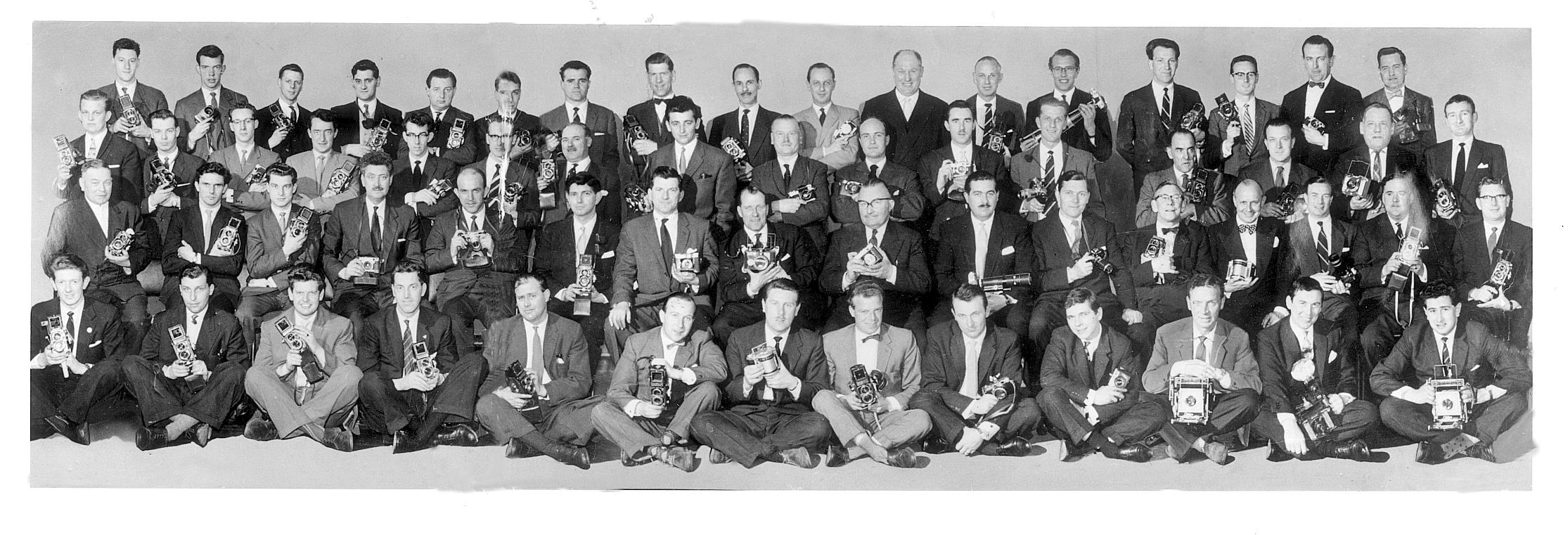So the question begs to be asked, “What exactly is a press photographer and what differentiates a press photographer from other genres”. I was once asked by a picture editor, and to be fair she was younger and less experienced in the business than many, “Why did you never specialise?”. This was after I had covered for her a stranded whale in the River Thames, a near riot at a demo in Central London, two news features and a one to one studio photo shoot with an evictee from “Big Brother” in the space of a couple of weeks. I explained to her that I started in the business at a time when press photographers were, far from being “Jacks of all Trades”, were expected to be able to master any aspect of photography that the picture editor needed for the paper and if that meant a studio shoot with Miss World followed by getting on a plane and going to a war zone, then so be it – that’s what you did and you produced top rate images whatever the circumstances and got them back to the desk promptly. These days there seems to be far less of this approach and you will find photographers pigeon holed into studio, news, paparazzi or what have you.
In my years on Fleet Street, I have shot investigative photography for Sunday papers, I have been to conflict zones and more riots and demos than I can remember. I have also done many interesting one to one portrait shoots with actors, politicians, world leaders, musicians and business leaders and, as I said earlier, when I started as a photographer on Fleet Street, this is what everybody was expected to do – oh yes – and sport too. The thing is if you have an eye for a good photograph, you are simply looking for an image within the event, the nature of the event that is unfolding in front of you is not necessarily important, Your job is to get the “quintessential distillation” of that or even the “single decisive moment” of it in the camera. Whereas photojournalists are not necessarily press photographers, press photographers have to be able to be photojournalists and the second part of that is journalist, so just as a reporter needs to establish his contacts, so too does your Fleet Street snapper and part of the remit for any journalist, photo or otherwise, is to build up a list of contacts that would enable you to get the pictures the papers need.
 This picture shows the photographic staff of the Daily Express in 1960. There are two not there (Somebody had to get the pictures for the paper) and of course there are none of the Darkroom, picture desk, library, wire room or couriers that were needed as well. The picture and the cuttings below are used with kind permission of Express Newspapers
This picture shows the photographic staff of the Daily Express in 1960. There are two not there (Somebody had to get the pictures for the paper) and of course there are none of the Darkroom, picture desk, library, wire room or couriers that were needed as well. The picture and the cuttings below are used with kind permission of Express Newspapers

